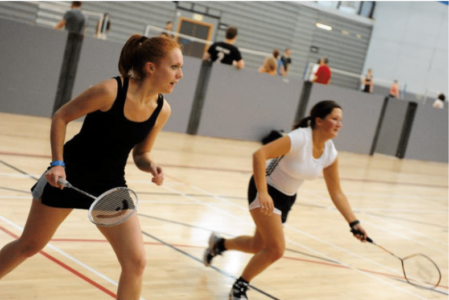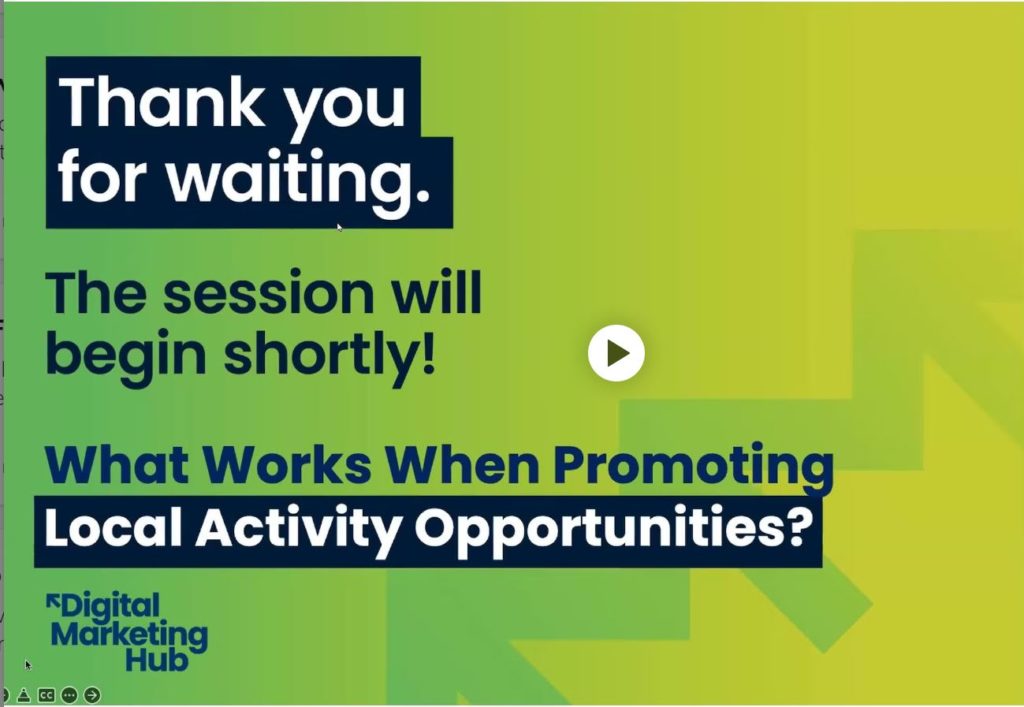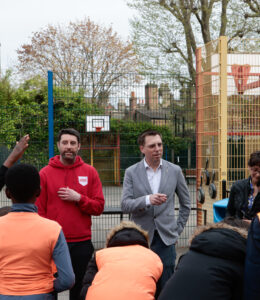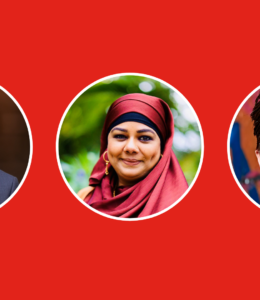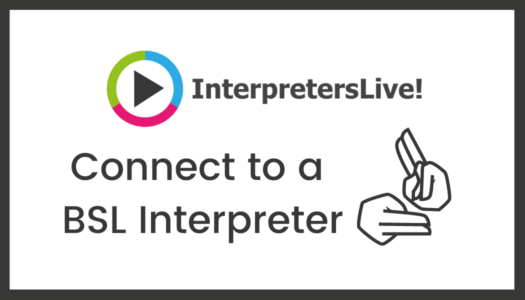Introduction
Everyday across London there are thousands of amazing sport and physical activity sessions taking place. From fitness classes and health walks in parks, learn to swim and dance classes in local leisure centres or seated exercise or tai chi in community settings.
But we know many activity providers struggle to fill their classes, and the comment we most often hear from people looking for activities is:
“I had no idea this amazing class was happening near me!”
So, we’ve created this guide to share what we have found works when promoting local physical activity opportunities.
Why focus on paid social media ads?
Over the last 5 years London Sport have run many campaigns to reach ‘less-active’ people and help them to take up suitable physical activity opportunities.
To do this we have predominantly used targeted digital marketing campaigns on social media channels for three reasons.
- It’s an efficient way to promote your activity to people in your local area
You can put it in front of the eyeballs of people in the local area quickly.
- You can reach out to an audience who aren’t already looking
You’ll reach people sitting on sofa rather than actively looking for sport
- You’ll quickly learn if its working for you
With a small investment of time and budget you can test if it is delivering you results.
What you’ll learn
In this guide we’ll introduce our four-step plan for promoting local activities and why each step is important to engage your target audience.
- Identify who your most likely or ideal customers are.
- Advertise your session in the places they are.
- Test ad content and messaging
- Support them to turn up and take part.
Who should read this?
This guide is for:
- Activity providers such as sports and community clubs or personal trainers
- People working in leisure or health facilities
- Local authority leisure, sport development or public health leads
- Digital and tech companies that provide activity programmes
When you are trying to encourage more people to attend your activity a good place to start is looking for more people who are similar to your current customers.
Does your activity tend to be popular with a particular age range or gender? How far do people tend to travel to your activity? This can help paint a picture of your most likely customers and help you identify which groups to focus your marketing on.
Alternatively, if it is a brand-new session, or if you have received funding to target a specific audience, then you will want to identify who your ideal customer is.
Some key questions to ask:
- What is the profile of your current attendees?
- Do you have any specific target audiences in mind?
- If your session is for younger people, who is actually responsible for booking and getting them to the session (the parent or the child)?
By focusing on particular age groups, genders or locations that are most likely to be interested in your activity, you can market it more effectively by just showing the adverts to people in these groups.
Imagine you were promoting a female only seated exercise class for seniors. If you sent out 1,000 leaflets to people who lived in the nearby area – how many of those people who saw the leaflet would actually be in your target audience?
Whereas by running a Facebook Ad you can ensure that all 1,000 people who see it are in your target audience of women aged 50+.
How do you use this for targeting ads?
Platforms such as Facebook and Instagram allow you to use lots of different categories to target your ads.
The simplest to use when getting started are
- Location
- Age
- Gender
Image caption: Example using location, age and gender to target Facebook Ads.
You can also run ads based on
- Parental status
- Life events
- Language
Image caption: Example using location, age and parental status to target Facebook Ads.
Finally, there are many more advanced options for targeting.
- Interests (the topics that your potential customers are interested in)
- Behaviour (the websites they have visited or interacted with)
- Web visitor retargeting (requires a pixel on your site and GDPR implications)
- Customer list targeting (uploading customer email lists and GDPR implications)
- Lookalike audiences (people who have similar behaviour to your current customers)
Activity:
Think about your activity and write down your most likely attendees. E.g.
- Walking Group: Women, aged 55+, within 1km of Regents Park
- Preschool gymnastics: Parents of children under 5, living within 3km of Sobel Leisure Centre
Now that you know who you are trying to reach you can start looking for opportunities to put your activity marketing in front of them.
In the same way that you might put posters up in a local café or library to reach people who live or spend time in the area near your session. When it comes to running digital advertising this means going to the places that people are spending their time online.
With 90% of people spending time on social media platforms (statista 2023) there are a couple of channels that make.
Image caption: Most popular social media platforms in the United Kingdom (UK) as of the third quarter 2022, by usage reach – https://www.statista.com/statistics/284506/united-kingdom-social-network-penetration/
The four top channels in the UK are owned by Meta (formerly known as Facebook). This means that setting up ads to run across Meta channels mean you will be reaching a large proportion of users.
Out of the total estimated UK population of 67.9 million, approximately 44.84 million people are active Facebook users – approximately 66% of the total UK population.
Because so many people in England are spending time on Meta owned channels and they are well set up for running local ads we recommend:
Recommendation:
If you are trying to reach adults with your marketing then test using Facebook Ads.
They are likely to have good reach to your target audience, great for targeted advertising + you get Instagram ads as well.
However, if the audience you are targeting is under 35. Then you may want to pause and consider options. We have found that Facebook ads don’t work as well with this audience compared to those over 35.
Why is this:
- Use of Facebook by younger people is declining (but only by 2%).
- Younger users scroll faster and are less likely to respond to a direct marketing approach (i.e. see an ad in newsfeed and click for more info).
- Younger audiences are more likely to engage with video first entertainment content such as Stories or Reels rather than newsfeed type content.
Recommendation:
If you are trying to reach younger people directly then test using Instagram Ads.
They are likely to have good reach for your target audience, great set up for targeted advertising + you get Facebook ads as well as back up.
Consider TikTok Ads
This platform has a rapidly growing userbase particularly for younger users, it is well set up for cheaper advertising (but not hyperlocal yet).
When creating adverts to run on social channels you should aim to do two things.
- Grab their attention (i.e. stop them scrolling)
- Make it easy for them to express an interest in your session (with one or two clicks max)
Facebook users scroll through a lot of content each day (if you printed it out it would be the same height as Big Ben!)
Therefore, you’ll need to use engaging imagery or video that immediately captures their attention.
From our experience running campaigns we’ve found a couple of simple tips.
What works to grab attention?
For Facebook advertising, we found selecting an image that was likely to capture people’s attention and stop them scrolling, was more important than the wording used in the post or the call to action.
As a general rule we found that selecting portrait images that showed participants smiling at the camera generally performed the best.
They didn’t need to be actually doing the activity, just in the setting (i.e. if promoting badminton I’d pick two people standing next to a net chatting). In fact, we found that images showing the activity looking too active tend to perform worse.
✅ Close up shots of happy people looking at camera
❌ Pictures of people walking away from the camera
✅ People in or around the activity you are promoting
❌ Images which imply you need some existing level of skill, ability or effort to take part
For video content, you particularly want to focus on the first 3 seconds to capture attention. If there is a particularly interesting or compelling moment from a video you’ve created, consider starting the video with it.
Across the campaigns that we have run, we see huge differences in response rates based on different images and videos. Therefore it is always a good idea to test around 3-5 different variations when you start a campaign.
Keep an eye on how the ads are performing and you can then stop those that arent performing well, and add new imagery to refresh a campaign which has stagnated.
Making it easy to express an interest in your session
One of the biggest mistakes we see with physical activity marketing campaigns – is focusing on communicating the day and time that the session takes place – and then hoping that the customer will remember this and actually turn up. For example:
- “Join us for a free health walk on Tuesday at 11am on Hampstead Heath”
Whilst some people who see this advert may be interested in attending – it still leaves them with a lot of work to do themselves. If they want more information, they’ll need to proactively look for it on your website or find your contact information. Even if they do intend to attend, they’ll still need to remember to actually attend when next Tuesday comes around.
This approach also means you miss out on all of the people who ‘might’ be interested in attending but aren’t quite sure if its right for them.
A better way to focus campaigns is on trying to get people who see the advert to express an interest with you. i.e. to register their email or mobile number or to send you a message.
- “Join a free and friendly health walk near you. Register with your postcode for more details”
There are a few ways you can make it easy for people to express and interest.
Advert links to an external site
- Create a simple registration form on your website
- Use a tool such as Eventbrite to capture registrations
Advert captures interest without leaving platform
- On Facebook and Instagram you can create ads that ask for people to register their email address with just one click.
- You can run ads that as the user to “Send a message” which will then open up in whichever communication channel you prefer to use.
- Direct
- Messenger
The main aim of this step is to initiate a conversation with the potential customer.
You now have a way of contacting them and telling them more about you’re session, answering their questions, helping them understand if it is right for them and reminding them to actually attend!
Now that you have a way of contacting your potential customer you can start to build a relationship with them and support them to turn up and take part in your session.
You can create and send content that answers questions, builds confidence and reminds them to actually attend!
Here is an example of the content that we used to support people to find and join local walking groups.
We started off by manually sending this information via text message and we found over 50% of people would reply with a question! This was useful for us to compile some Frequently Asked Questions (FAQs) which we could then share to new customers.
We were then able to start to automate some of this process by using prewritten emails and eventually a Facebook Messenger chatbot.
Summary
We’ve found running paid advertising campaigns on social channels such as Facebook and Instagram to be a really effective way to promote local activity sessions.
You can download a template to use in planning campaigns here:
Watch the full webinar
We’ve partnered with the Digital Marketing Hub from CIMSPA and Sport England to create a webinar on using digital marketing to promote your local activity sessions.
- Sign up for a free account here: www.digital.cimspa.co.uk
- Access the webinar series from London Sport here: https://community.cimspa.co.uk/posts/webinar-boxset-%F0%9F%8E%A6-what-works-when-advertising-local-sessions-chris-norfield
Join our community
Our slack community features founders and leaders within the Sports, Health and Wellbeing Tech sector. This includes those who have been through our accelerator programme (2017-2021).







